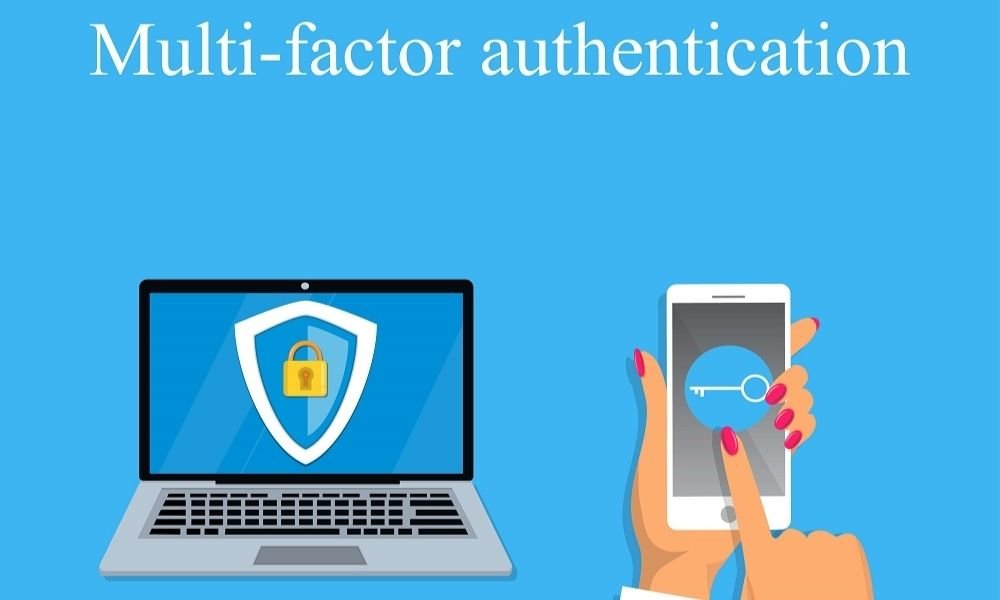


In the world we live in today, it is important for businesses to ensure the security of their consumers’ and employees’ sensitive data. This is because data breaches are happening almost every day in the U.S., resulting in legal liabilities that harm business finances. For instance, in 2020 alone, the U.S. recorded at least 1,000 data breaches that exposed the data of more than 150 million Americans. One of the ways to improve cybersecurity is to train your employees regularly. Despite regular training and system updates, hackers can still find a way into your network. This is where multi-factor authentication (MFA) comes in handy.
Considering how weak and stolen passwords are among the most common causes of data breaches, multi-factor authentication is necessary to increase layers of protection for your devices. Typically, multi-factor authentication refers to a login method that requires the user to provide at least two verification factors to gain access to the system. To allow you to log into a network or device, MFA combines multiple certification factors, including, but not limited to passwords, security codes, facial recognition, and voice biometrics. Multi-factor authentication provides additional layers of protection so that if a hacker steals your password, there will be more barriers left to breach before gaining access into your network.
There are several methods of multi-factor authentication. These include:
To improve your business’s cyber security, you should consider implementing multi-factor authentication. And for extra peace of mind, talk with us about carrying the right cyber liability insurance coverage. The team at Tompkins Insurance Agencies is ready to assist.